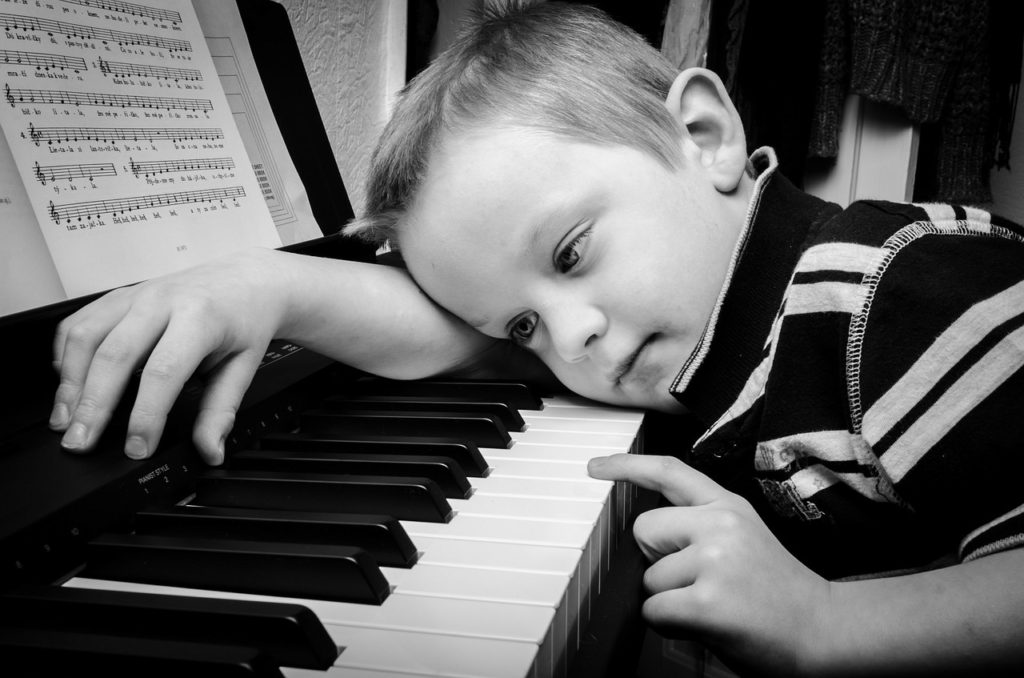Color code the notes in the score:
- First, color code the notes on the instrument (more on this in the next post).
- Then, color code the student’s fingers to match the notes on the score and instrument.
- This pulls everything together.
Over the years, I have tried many methods for color coding the fingers:
- First, I tired yarn, but it kept falling off.
- Next, I tried chenille pipe cleaners, but they poked the student’s fingers.
- Then, I tired girl’s colored hair bands, but they cut off the student’s blood flow in the fingers.
- Finally, the dad of a special needs student suggested using colored masking tape. He recommended 20 ‘SLIM’ Colors (see the Glossary below for a link).
However, some students have bought other brands of colored masking tape.
- If the tape pack has enough colors that roughly match the color of the notes, that will be good enough.
- Buy the colored masking tape and apply it to the student’s fingers in lessons and during practice.
The glove is an in-school application.
- The masking tape is too slow to apply during class.
- However, a non-latex glove can be pre-colored before class.
A white cloth glove can work as a substitute.


